Pulse Oximeter Validation Testing
Get your pulse oximeter validated with real-world data that meets regulatory requirements. Our turn-key validation services deliver optimized devices to market faster, with comprehensive testing from protocol design through submission.

What is Pulse Oximeter Validation Testing at Element?
Pulse oximeter validation testing is a non-invasive method for assessment of oxygen saturation levels (92-100% normal range). Element provides human testing that delivers real-world data, comparing device readings to arterial blood samples analyzed by CO-Oximeters. Our approach provides physiological data that simulators cannot match, supporting both algorithm and hardware development.

What Can Element Offer You For Pulse Oximeter Validation Testing?
Products we test
Products we test
At Element, we test pulse oximetry equipment for the healthcare industry and wearable technologies, validating devices that monitor oxygen saturation levels for both clinical and consumer applications. Our testing accommodates all pulse oximetry systems, to help physicians make informed decisions and monitor overall health.
Key services offered
Key services offered
Our experienced team will take care of protocol design, IRB submission and management, recruitment and payment of participants, study performance, analysis of data, and assemble high-quality data packages for validation studies, ready for regulatory submission.
The most commonly tested oxygen saturation range is between 70-100%. Oxygen levels are gradually reduced to 70% and analyzed at several plateaus using a blood co-oximeter. This data is then compared to readings from the pulse oximeter being tested.
The SpO2 accuracy of the test pulse oximeter is evaluated under highly controlled conditions, comparing the device’s performance against arterial blood samples assessed by CO-Oximetry within the specified oxygen saturation range (typically 70-100% SaO2).
Study Enrollment and Process:
Each study enrolls a minimum of 15 healthy, non-smoking adults with diverse pigmentation, meeting ISO 80601-2-61 and FDA requirements. Participants rest comfortably in a reclined position, with an arterial catheter placed in the radial artery. Medical-grade oxygen and nitrogen are used to induce hypoxia, with stepwise, stable plateaus down to the minimum target SaO2 level. Data is collected from multiple pulse oximeters simultaneously, and blood samples are analyzed using CO-Oximeters at stable plateaus.
Pulse Ox Clinical Validation for Regulatory Submission:
After completing the clinical validation study, Element provides data in formats that meet or exceed ISO 80601-2-61 requirements. We perform statistical comparisons between the test device and reference CO-Oximeters, ensuring high accuracy. Our experts offer guidance throughout the regulatory process, including serving as an extension of your team during discussion with regulatory bodies.
Cutting-edge equipment we use
Cutting-edge equipment we use
We utilize multiple CO-Oximeters for high-accuracy reference data, automated computer recording systems, and medical-grade oxygen and nitrogen gas mixtures for precise testing control. Our equipment enables continuous monitoring throughout stable plateaus, ensuring reliable data collection at each testing stage.
Which labs offer this service
Which labs offer this service
Element Boulder specializes in clinical validation testing for medical devices and wearables. For more than three decades, we have proudly served as the premier clinical testing and regulatory validation partner to the medical device, wearables and consumer electronic industries.
Clinical expertise
Clinical expertise
Our recognized and published industry leaders are primary authors of monitoring equipment guidance documents, with three decades of experience as the premier clinical testing and regulatory validation partner. We maintain substantial expertise in the physiological monitoring space through our network of fully equipped labs and associate hospitals to support comprehensive testing needs.
Standards we test to and products we test
- ISO 80601-2-61: Medical electrical equipment — Part 2-61: Particular requirements for basic safety and essential performance of pulse oximeter equipment
- FDA Guidance Document - Pulse Oximeters - Premarket Notification Submissions [510(k)s]: Guidance for Industry and Food and Drug Administration Staff
- Pulse oximetry systems
- SpO2 sensors
- Oxygen monitoring devices
- Wearable technology
- Consumer health monitors
Your Challenges, Our Solutions
Managing complex validation process
Understanding path to compliance
Efficient testing processes
Real-world data reliability
Why Choose Element

Industry guidance expertise
Complete testing solution
Proven experience
Regulatory support
Related services
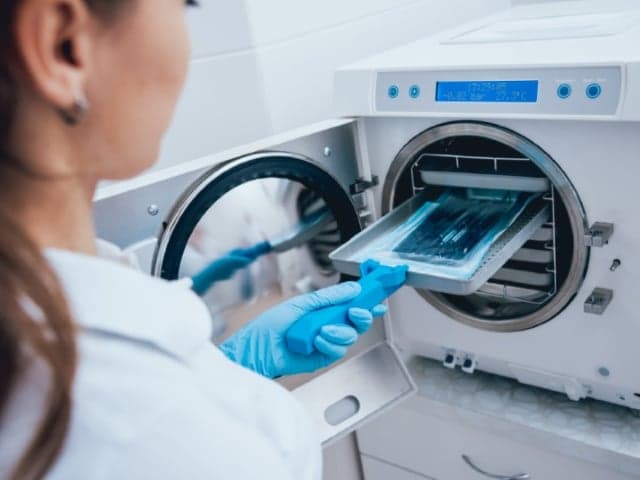
Reusable Medical Device Life Cycle Validation
Comprehensive life cycle validation for reusable medical devices. Supporting compliance, patient safety, and regulatory approval through expert testing and risk mitigation.
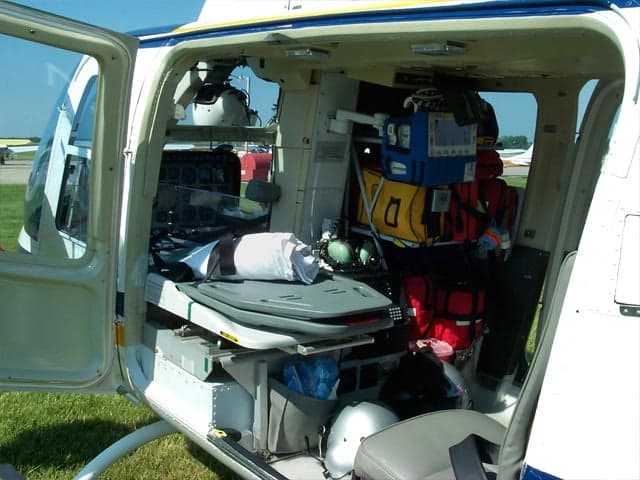
Medical Device EMC Testing
Element provides EMC testing and certification for Class I-III medical devices, helping manufacturers meet global regulatory standards and accelerate market entry with expert guidance and accredited laboratories.
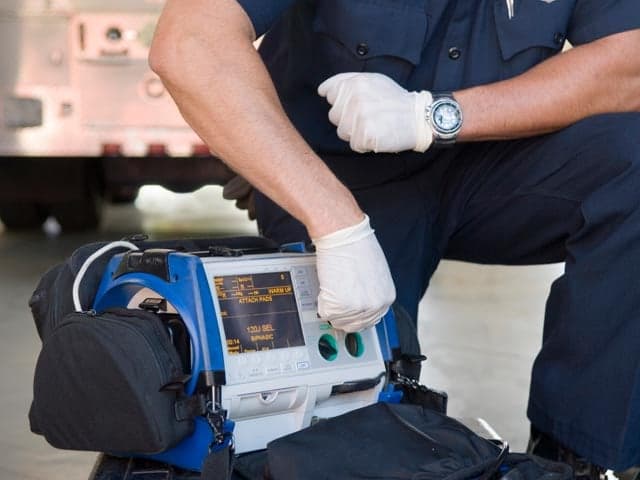
Battery Safety Testing for Medical Devices
Battery safety testing for medical devices, assessing performance, reliability, and compliance with international standards to support safe use in healthcare settings.

Clinical Validation Testing
Element delivers comprehensive clinical validation testing for medical devices and wearables, managing study design, recruitment, testing, and data analysis. Our complete solutions help overcome regulatory challenges and accelerate product development.
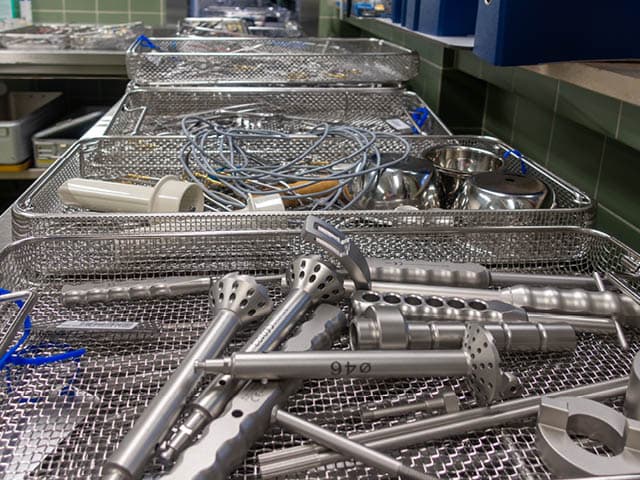
Reusable Medical Device Reprocessing and Testing (GLP Compliant) services
Element's expert validation services for reusable medical devices ensure your equipment is GLP compliant, protecting your staff and your patients.
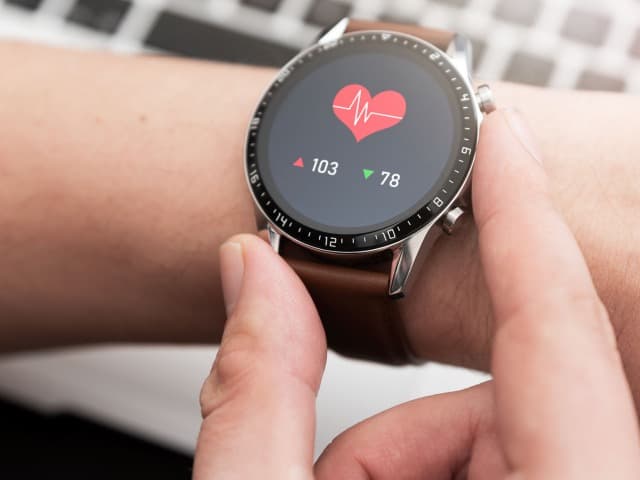
Heart Rate Monitor Device Validation
Element provides clinical validation testing for heart rate monitors using human and simulator data, meeting regulatory standards while delivering accurate performance. Their expert guidance addresses key accuracy challenges.

Human Factors and Usability Testing
Element's human factors and usability testing simulates real-world device use to reveal user errors and optimize performance. The service supports FDA guidelines and enhances overall device safety and effectiveness.
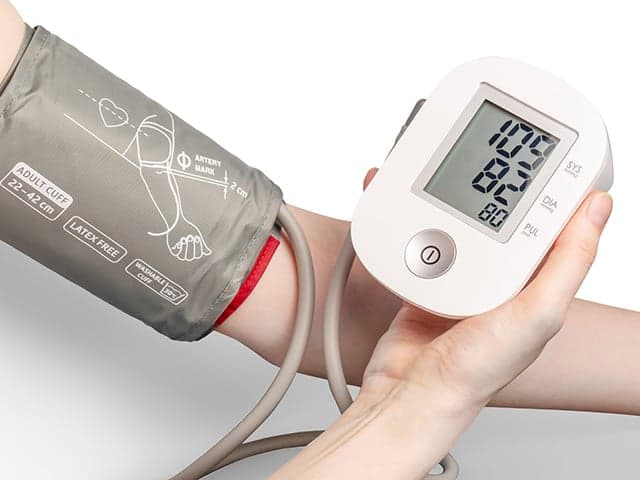
Blood Pressure Monitor Clinical Validation Testing
Element provides comprehensive blood pressure monitor clinical validation testing—from protocol design and participant recruitment to data analysis—leveraging invasive and non-invasive methods to overcome regulatory challenges and deliver precise device performance.

Pulse Oximeter Validation Testing
Element's pulse oximeter clinical validation service provides comprehensive human testing that delivers real-world, high-quality data to support regulatory submissions and significantly optimize device performance across diverse clinical settings with precision.

Respiratory Rate Monitor Clinical Validation Testing
Element offers expert-led respiratory rate monitor clinical validation testing, covering protocol design, participant recruitment, and regulatory-ready reports for streamlined submissions.
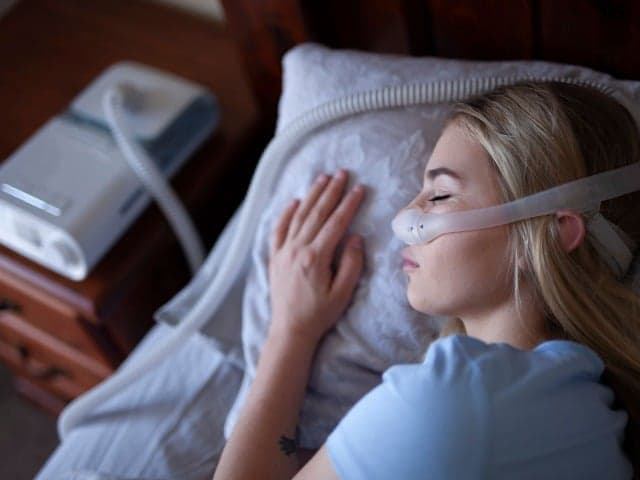
Sleep Monitoring Device Validation
Element provides clinical validation testing for sleep monitoring devices, supporting regulatory submissions and optimising device safety through expert-led data analysis and participant studies.
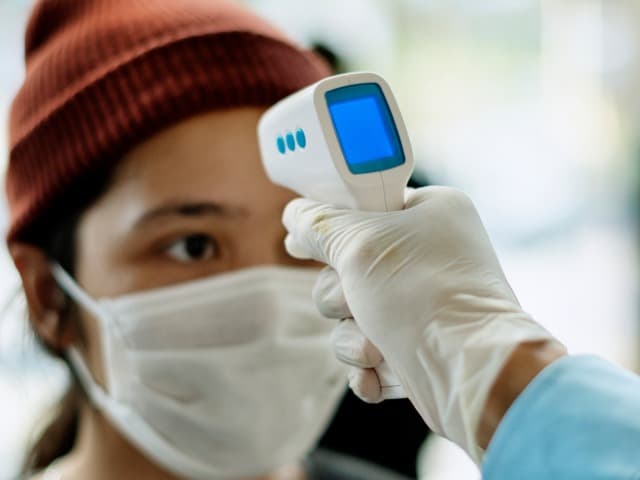
Temperature Monitoring Device Clinical Validation Testing
Element offers expert clinical validation testing for temperature monitoring devices, supporting regulatory requirements and fast-tracking your product to market with comprehensive study management.
- Reusable Medical Device Life Cycle Validation
- Medical Device EMC Testing
- Battery Safety Testing for Medical Devices
- Clinical Validation Testing
- Reusable Medical Device Reprocessing and Testing (GLP Compliant) services
- Heart Rate Monitor Device Validation
- Human Factors and Usability Testing
- Blood Pressure Monitor Clinical Validation Testing
- Pulse Oximeter Validation Testing
- Respiratory Rate Monitor Clinical Validation Testing
- Sleep Monitoring Device Validation
- Temperature Monitoring Device Clinical Validation Testing
